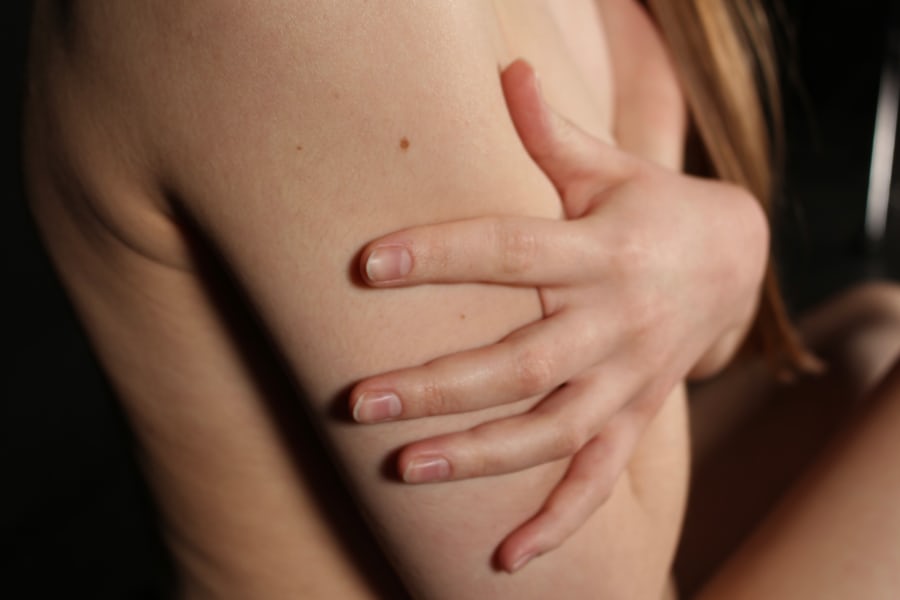Understanding Genital Skin Infections: Causes, Symptoms, and Treatment
Genital skin infections are a common and often uncomfortable issue affecting individuals of all ages and genders. These infections can arise from a variety of sources, including fungi, bacteria, viruses, and parasites, as well as non-infectious causes like allergies and autoimmune conditions. Prompt identification and appropriate management are crucial for alleviating symptoms and preventing complications.
Common Types and Causes
Genital skin conditions can be broadly categorized into infectious and non-infectious causes.
Infectious causes are a primary concern and include:
Fungal Infections:
Jock Itch (Tinea Cruris): A common fungal infection that thrives in warm, moist areas, causing a red, itchy, and often ring-shaped rash in the groin, inner thighs, and buttocks.
Yeast Infections (Candidiasis): An overgrowth of the fungus Candida can lead to itching, redness, swelling, and a thick, white discharge in the vagina and on the vulva. In men, it can cause balanitis, an inflammation of the head of the penis.
Bacterial Infections:
Balanitis: Inflammation of the glans (head) of the penis, which can be caused by poor hygiene, leading to bacterial overgrowth. Symptoms include redness, swelling, pain, and sometimes a foul-smelling discharge.
Folliculitis: Inflammation of hair follicles, appearing as small, red, pus-filled bumps. Shaving or waxing the pubic area can increase the risk.
Sexually Transmitted Infections (STIs): Several STIs manifest with skin symptoms, including:
Syphilis: Can cause painless sores (chancres) in the initial stage, followed by a non-itchy rash on the body, including the genitals.
Chlamydia and Gonorrhea: While often causing discharge and painful urination, they can sometimes lead to skin irritation and inflammation.
Viral Infections:
Genital Herpes: Caused by the herpes simplex virus (HSV), leading to painful blisters or sores on and around the genitals.
Genital Warts: Caused by the human papillomavirus (HPV), these are small, flesh-colored bumps that can appear on the genitals and surrounding skin.
Molluscum Contagiosum: A viral skin infection that results in small, firm, raised papules with a central dimple. It is spread through direct contact, including sexual contact.
Parasitic Infestations:
Pubic Lice (Crabs): Tiny insects that infest the pubic hair, causing intense itching.
Scabies: Caused by tiny mites that burrow into the skin, leading to intense itching, especially at night, and a pimple-like rash.
Non-infectious causes that can mimic infections include:
Contact Dermatitis: An allergic reaction to substances like latex (in condoms), soaps, detergents, perfumes, or certain fabrics.
Psoriasis: An autoimmune condition that can cause red, scaly patches on the skin, including the genital area.
Lichen Sclerosus: A chronic inflammatory skin condition that causes thin, white, patchy areas of skin, often in the genital and anal areas.
Recognizing the Symptoms
Symptoms of a genital skin infection can vary depending on the cause but often include:
Redness, rash, or bumps
Itching, which can range from mild to severe
Burning or stinging sensation
Pain or discomfort
Blisters, sores, or ulcers
Unusual discharge
A foul odor
Swelling
Prevention and Home Care
Practicing good hygiene and taking preventative measures can significantly reduce the risk of developing a genital skin infection:
Keep the genital area clean and dry. Wash daily with mild, unscented soap and water, and dry thoroughly.
Wear clean, loose-fitting cotton underwear. Avoid synthetic fabrics that trap moisture.
Change out of damp clothing, such as swimsuits or workout gear, as soon as possible.
Avoid irritants. Use gentle, hypoallergenic laundry detergents and avoid harsh soaps, bubble baths, and scented products in the genital area.
Practice safe sex. Using condoms can help prevent the spread of STIs.
Avoid sharing towels, underwear, or other personal items.
For mild irritation or suspected fungal infections, some over-the-counter (OTC) treatments may provide relief:
Antifungal creams or powders: Products containing clotrimazole or miconazole can be effective for jock itch and yeast infections.
Hydrocortisone cream: Can help reduce itching and inflammation from contact dermatitis, but should be used sparingly and not for fungal infections as it can worsen them.
When to Seek Medical Attention
It is important to see a doctor or visit a sexual health clinic if you experience any of the following:
The rash or irritation is severe, painful, or persistent.
You have blisters, sores, or ulcers on your genitals.
You have a fever or feel generally unwell.
You have an unusual discharge or a foul odor.
You suspect you may have an STI.
Over-the-counter treatments are not effective or worsen your symptoms.
A healthcare professional can accurately diagnose the cause of your symptoms through a physical examination and, if necessary, laboratory tests. Treatment will depend on the specific diagnosis and may include prescription antifungal or antibacterial medications, antiviral drugs for herpes, or topical treatments for conditions like genital warts or psoriasis. Early diagnosis and treatment are essential for managing the condition effectively and preventing further complications.


